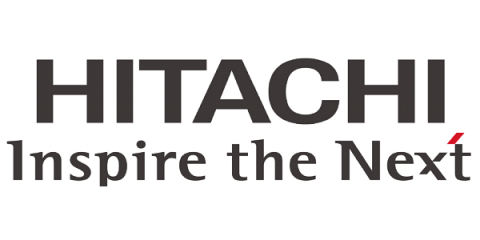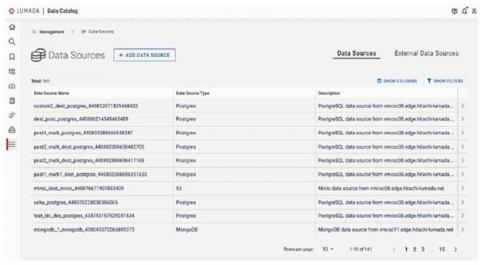Systems | Development | Analytics | API | Testing
Latest Posts
Delivering High Performance & Security with Hybrid Cloud
When it comes to implementing hybrid cloud architectures, organizations with existing data centers have a couple of options to connect to a cloud provider(s): 1) provision a private network circuit or 2) use a site-to-site virtual private network. There are pros and cons to each option. Option 1 provides better security and higher performance since it is a private link. However, it can be expensive, even more so if a second connection is needed for redundancy.
Over Half of U.K. Companies Overwhelmed by Data, as Security and Sustainability Challenges Grow
Building True Cloud Efficiency with Hybrid Cloud Architectures
The shift from single public cloud architectures to hybrid multi-cloud continues at enterprises around the globe, as organizations look for greater control, lower costs, and improved performance. I had the opportunity recently to speak with Vaughn Eisler, director of business development at Equinix, about this massive shift and some of the complex reasons behind them. Eisler sees several reasons for the movement.
Hitachi Vantara Drives Unstructured Data Management Leadership Once Again
Hitachi Vantara has once again been recognized as a leader and fast mover in the 2023 GigaOm Radar for Unstructured Data Management: Infrastructure-Focused Solutions, marking the third consecutive year we have achieved this honor. The report emphasizes the growing complexity of unstructured data management and highlights the importance of having a solution that can seamlessly handle data movement at scale automatically.
Revolutionizing Object Storage to Meet Rising Hybrid Multi-Cloud Demands
With the advent of cloud services, IT is transforming and evolving from being traditionally data center-centric to data-centric. The data center is no longer a physical location. It extends beyond the walls of the enterprise, to the cloud, and the edge where the majority of data is being generated.
When Ransomware Hits Healthcare
By now, most healthcare leaders know that their sector is a top target for ransomware.
How New Lumada Industrial DataOps 5.1 Scales Industrial IoT Solutions
Data quality is fairly simple nomenclature to describe the state of the data being processed, analyzed, fed into AI, and more. But this modest little term belies an incredibly critical and complicated reality: that enterprises require the highest level of data quality possible in order to do everything from developing product and business strategies, and engaging with customers, to predicting the weather and finding the fastest delivery routes.
DataOps & the Sustainable Data Center
Data centers consume a lot of energy; some say it can be as much as 1.8% of total U.S. electricity consumption. It’s why power consumption, cooling costs, and space requirements are at the heart of the sustainable data center.
Hitachi Vantara: A Clear Vision for IIoT
Remember way back around 2016, when “IoT” was just entering the lexicon? The technology behind the “Internet of things” was starting to be used across industries. In the energy space, for example, companies used it to capture data being sent from tens of thousands of sensors from various equipment, like inverters, controllers, anemometers (wind speed detectors), cloud-watching cameras, and more.



